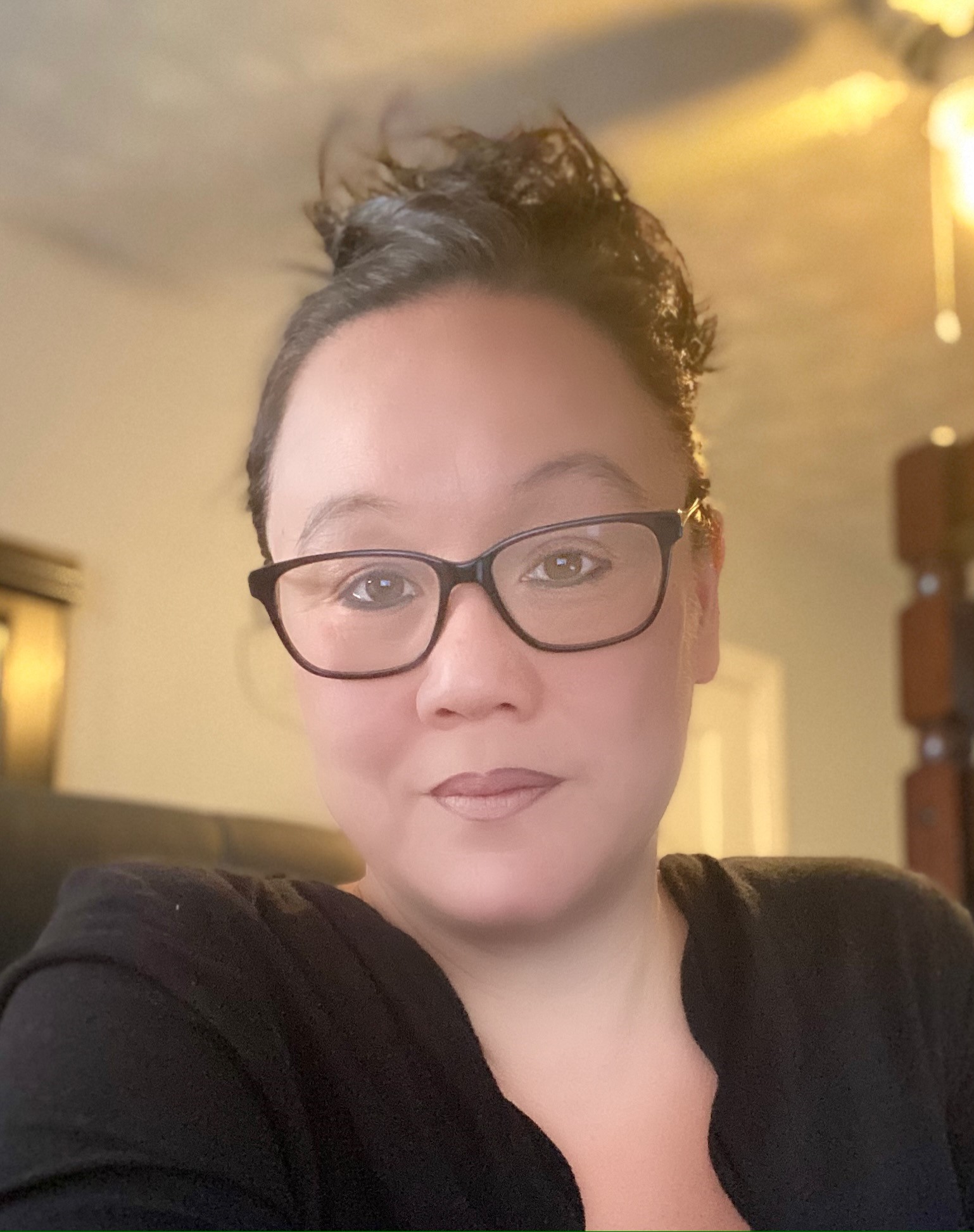As 2022 moves along, it seems that planners for pharmaceutical companies, medical-device firms, and medical societies will have to contend with unpredictable rates of Covid-19 cases along with a cloudy economic picture. This is in addition to fewer workers yet rising costs at hotels and other suppliers, complications with air travel—and, of course, the age-old issues related to educating attendees most effectively and providing them with solid networking opportunities.
One place where life-science event planners can gain a deeper understanding of those issues and collaborate with their planning colleagues is at Pharma Forum. The largest event aimed at medical-event planners—more than 600 are expected to attend—is set for September 11 to 14 at the Bethesda North Marriott in Rockville, Md., while the virtual edition will run September 12 to 14 with several livestreams plus other recorded content.
A few weeks back, MeetingsNet spoke to one of Pharma Forum’s co-chairs, Jody Brandes of Genentech, about her toughest planning issues in 2022 and those she most wants to discuss with fellow planners at Pharma Forum.
Now, we hear about the 2022 meeting-planning landscape from Jennifer Capurso, director of marketing events and medical education for medical-equipment manufacturer Conformis. Another co-chair of Pharma Forum, her day-to-day role at Conformis involves working with her executive team to understand annual business-growth priorities; and partnering with knee- and hip-replacement franchise leads to understand how best to support product strategies through events and medical education. She’s responsible for learning objectives, course design, and HCP-faculty partnerships to develop content while staying on budget, then reporting metrics to the executive teams. She also develops the strategy and execution for the firm’s presence at regional and national trade shows.
Capurso’s wide range of responsibilities makes for a revealing conversation about the present state of pharma- and medical-event planning:
MeetingsNet: Post-Covid, what is the biggest change in how you’re communicating with HCPs to get them to return to your in-person events? After all, HCPs have gotten used to the virtual medium in the past two years.
 Jennifer Capurso: Our medical-education programs are based on hands-on surgical procedures that involve both patient-specific and off-the-shelf joint implants with pre-navigated surgical-planning tools. However, during the pandemic we shifted to a digital platform using webinars, plus more localized training courses conducted in smaller groups and with a hybrid-participation option. Surgeons are not comfortable proceeding with integrating our product into their cases until they have peer-to-peer interaction and feel out our [products]. So, we find that surgeons are more willing to travel and attend our in-person courses to gain the most comprehensive training and interaction with our surgeon faculty.
Jennifer Capurso: Our medical-education programs are based on hands-on surgical procedures that involve both patient-specific and off-the-shelf joint implants with pre-navigated surgical-planning tools. However, during the pandemic we shifted to a digital platform using webinars, plus more localized training courses conducted in smaller groups and with a hybrid-participation option. Surgeons are not comfortable proceeding with integrating our product into their cases until they have peer-to-peer interaction and feel out our [products]. So, we find that surgeons are more willing to travel and attend our in-person courses to gain the most comprehensive training and interaction with our surgeon faculty.
With that said, digital tools are not going away, and we are actively leveraging tele-proctoring platforms for additional training tools, creating a variety of touchpoints throughout the educational journey.
MeetingsNet: What other issue are you facing with your portfolio of meetings that other planners might want to know, and how are you adapting to overcome that issue?
Capurso: We have a surgeon-visitation program that allows surgeons to scrub in and view live surgeries at our faculty hospital sites and outpatient/ambulatory surgery center facilities. It’s a very effective tool for education as well as case preparation with our new customer-adoption process. But hospitals are becoming so stringent about the credentialing and Covid-19 vaccination and testing protocols, which increases our lead times for planning around hospital approvals—in some cases, it creates so many limitations that we are not able to get international surgeons into the operating room for observation.
In response to this, we are implementing a tele-proctoring virtual platform that will be installed in sites and provide interactive engagement with high-quality viewing of surgical procedures. We are also partnering more with outpatient facilities that have less restrictive guidelines.
MeetingsNet: When Pharma Forum takes place in person in September, what will you most look forward to speaking about with fellow planners?
Capurso: I will be interested in hearing how fellow planners are managing the realities of the economic impact to our partners, vendors, and hoteliers with the price increases for their products and services, and also extended lead times. I am finding it more challenging than ever to manage the planning timelines associated with our programs due to slow turnaround from suppliers due to staffing issues. Also, how to increase budgets with the C-suite and implementing cost-saving strategies into budget planning.
I am also interested in hearing how other planners are dealing with their own staffing shortages, and how they are leveraging digital tools and outside consultants to manage the return of our industry and the high demand being placed on us planners.
MeetingsNet: Do you have a favorite moment from a past Pharma Forum you attended?
Capurso: Pharma Forum in 2021 naturally had lower attendance than traditional years, but I really enjoyed the panel session I was part of that gave perspectives from both suppliers and planners on hotel negotiations. I really enjoyed how much connectivity and collaboration there was among both groups and how willing they were to share ideas, address industry challenges, and approach our business with a partnership mindset.





